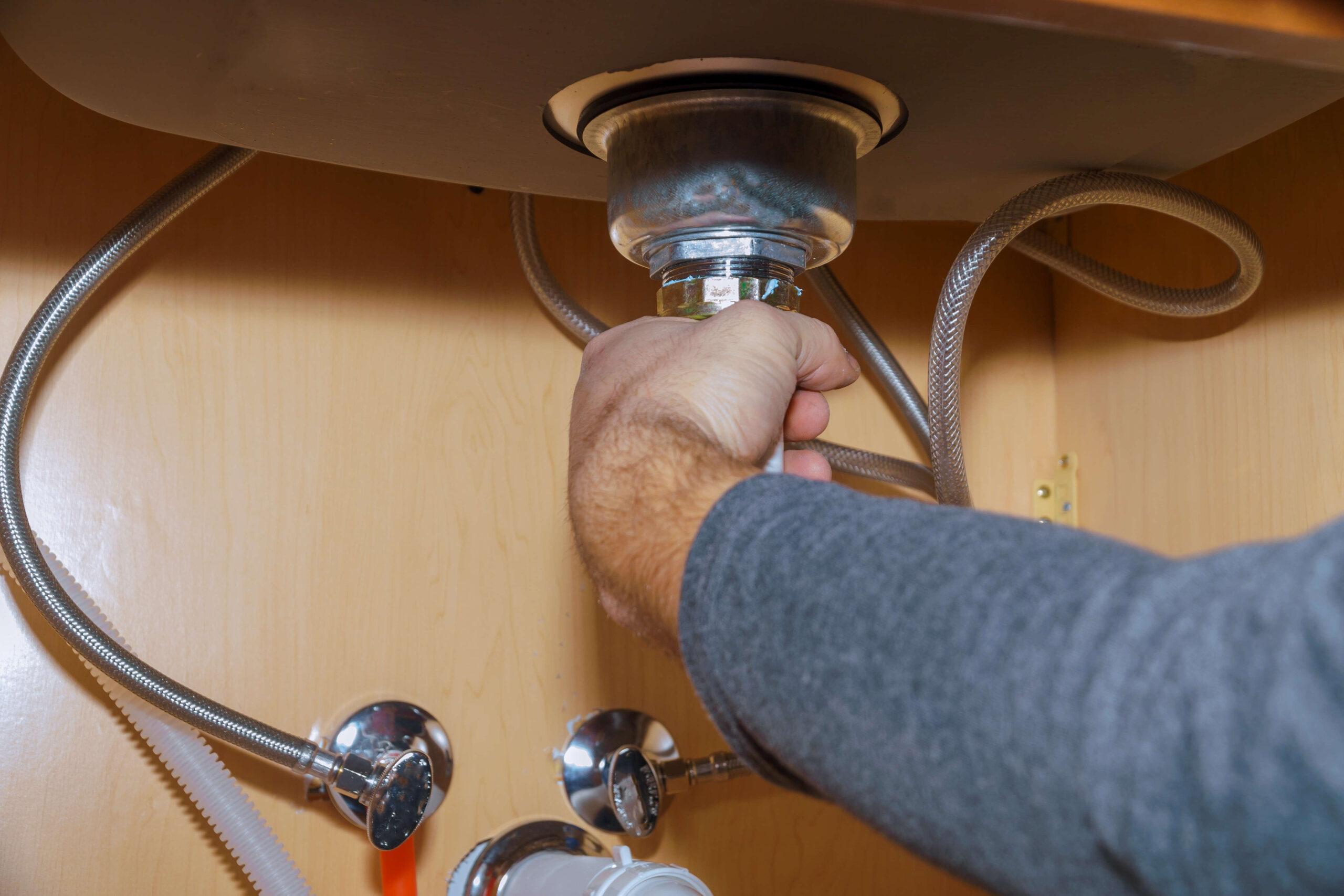If you have a slow draining kitchen sink, there are a few things you can do to try and fix the issue. First, check to see if there is anything caught in the drain. If there is, try to remove it with a plunger or a plumber’s snake. If that doesn’t work, you may need to clean the drain pipes. This can be done by pouring a cup of baking soda down the drain, followed by a cup of vinegar. Let the mixture sit for an hour, then flush with hot water. If these methods don’t work, you may need to call a plumber.
Check the P-trap
If your kitchen sink is draining slowly, one of the first things you should check is the P-trap. The P-trap is a U-shaped pipe located under the sink that traps water to prevent sewer gases from entering your home. If the P-trap is clogged, it can cause the sink to drain slowly.
To check the P-trap, remove the drain stopper and look for any blockages in the trap. If you see any, use a plunger or a plumber’s snake to clear them out. Once the blockages are removed, flush out the P-trap with hot water to remove any remaining debris.
Check for a clog in the sink drain
If your kitchen sink is draining slowly, the first thing you should do is check for a clog in the drain. A clog can be caused by many things, including food scraps, grease, hair, and more. If you find that there is a clog, you can try to remove it yourself or call a plumber to do it for you.
If you are removing the clog yourself, there are a few things you can do. First, try using a plunger to see if that will dislodge the clog. If that doesn’t work, you can try using a pliers or wire hanger to remove the clog. If neither of these methods work, you may need to call a plumber.
When it comes to preventing clogs in your kitchen sink drain, there are also a few things you can do. First, make sure that you’re only putting food scraps and small pieces of waste down the drain. Second, run hot water down the drain after each use to help keep grease and other build-up from clinging to the sides of the pipe. Finally, consider investing in a drain strainer or garbage disposal to catch anything that could cause a clog before it has a chance to get down into your pipes.
Clean the vent stack
If your kitchen sink is draining slowly, one of the first things you should do is clean the vent stack. The vent stack is a vertical pipe that goes from the drain to the roof, and it’s responsible for allowing air into the drainage system so that water can flow freely. Over time, the vent stack can become clogged with lint or other debris, which can cause your sink to drain slowly.
To clean the vent stack, start by disconnecting the trap from the drain pipe. This will give you access to the vent stack. Then, use a brush or a plumber’s snake to remove any blockages from the vent stack. Once you’ve cleared away any debris, reattach the trap and turn on the water to test whether your sink is draining properly.
Contact a professional plumber
If you have a slow draining kitchen sink, you may be tempted to try and fix the issue yourself. However, this is not always the best course of action. If the problem is more serious than a simple clog, it’s best to contact a professional plumber. They will be able to quickly diagnose the problem and provide you with the best solution.










